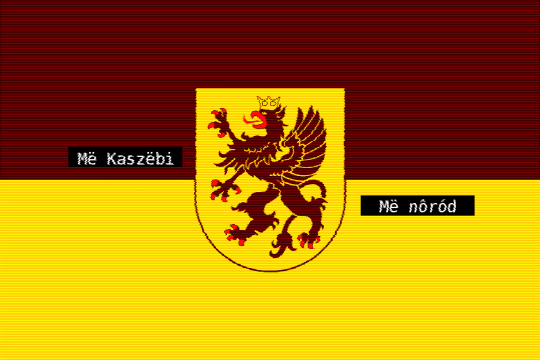#kashubia
Text
So, according to Zionists, I dress like this:

Yes, I am Kashubian
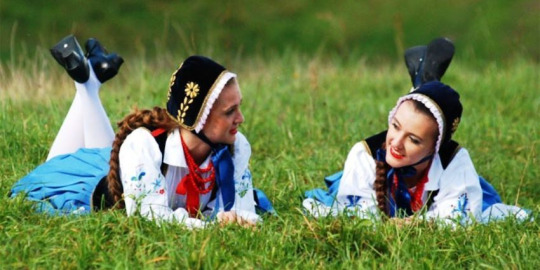
#oh well lmao#hahahahaha#lmaooooo#lmaooo#hahahaha#hahaha#help lmao#my art lmao#idk lmao#lmao#antizionism#israel#free palestine#palestina#free gaza#gaza strip#gaza genocide#gaza#gazaunderattack#ceasefire#poland#Kashubia
20 notes
·
View notes
Text
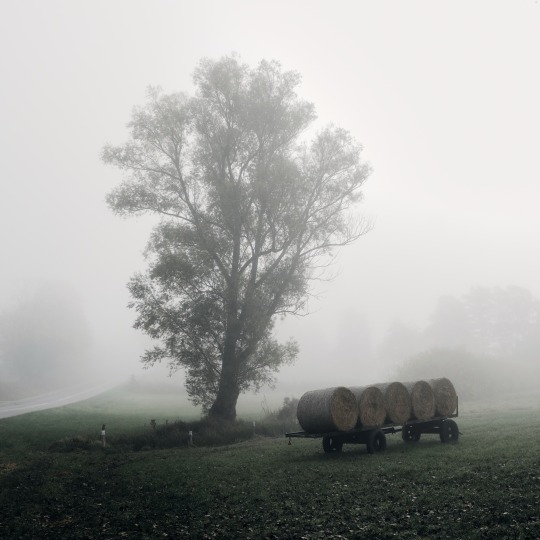
Beautifull foggy morning
#kashubia#morning#foggy nature#foggy landscape#foggy day#tree#trailler#photographers on tumblr#photography#fujifilm#landscape#fujixt2
51 notes
·
View notes
Text
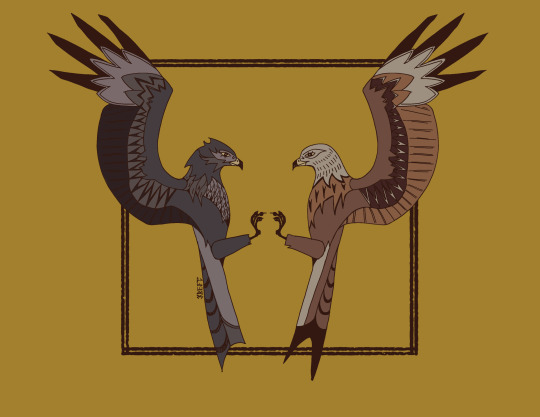
<< KITES KITES KITES >>
I love those birds sm :>>>>>
9 notes
·
View notes
Photo

Have you ever been to Kashubia? It’s a region of northern Poland, famous for its specific language and beautiful patterns. I've been there many times and each time, instead of bringing less souvenirs, I bring more and more of them. I just can’t stop 😅
#imacassowary#cassowary#im a cassowary#kazuar#kashubia#poland#souvenirs#pattern#birds#bird#funny#animals#souvenir#pamiątka#ptaki#kaszuby#wzór#wzory#pretty things
146 notes
·
View notes
Text

Day 8 of OC-tober
Prompt: OC in traditional clothing
So this is Nathaniele in a Kashubian costume (Kashubians are a Slavic minority group who have historically occupied the area in Northern Poland)
I was planning on it being more detailed and having better shading but ofc I got a cold so yeah this is all you get
#oc-tober#oc_tober#oc-tober2023#prompts#challenge#drawing challenge#art challenge#events#art event#original character#oc art#digital art#procreate#character art#my ocs#ocs stuff#polish art#kashubian#kashubia#folk costume#traditional clothing#polish costume#trans artist#queer artist
3 notes
·
View notes
Text

#ancestors alive!#what is remembered lives#memory & spirit of place#ancient ways#folkways#traditions#paper cutouts#CULTURE.PL#Kashubia
0 notes
Text
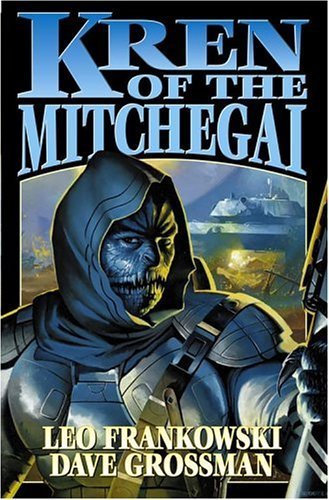
vote yes if you have finished the entire book.
vote no if you have not finished the entire book.
(faq · submit a book)
#scifi#Kren of the Mitchegai#Leo Frankowski#Dave Grossman#New Kashubia#books#poll#result: no#l: English
2 notes
·
View notes
Note
4, 11, and 42 for the weirder asks game!
4: what cryptid being do you believe in?
Uhhhhhhh I don’t know if this counts but Krampus and banshees. My dad is Irish as fuck, so he passed down some of that mythology to me. I freak out whenever I hear unexplained shrieking at night even though I know it’s probably a coyote or something. Krampus because my family celebrated Krampus Day(mom is German and Kashubian). Instead of “be good and Saint Nick will give you treats!”, I got “be a little shit and Krampus will fuck you up.” I don’t believe in it, but I still like to think about it.
11: favorite extracurricular activity?
Gardening and photography.
42: An app you frequently use besides this godforsaken site?
The notes app so I can doodle.
#ask game replies#if you know where kashubia is without looking it up. you win a pat on the head and a cookie#this shit unlocked a memory of when I was 8 and one kid was gone from class and I asked the teacher if krampus had taken him#she was so confused and concerned
0 notes
Text
fun facts about (polish) vampire folklore because i'm too autism
(disclaimer: my source for all of this is the book "Upiór. Historia naturalna" by Łukasz Kozak i'm not pulling this out of my ass)
The word "vampire" came from a mistranscribed Serbian word, written down by Austrian officials informing about a panic among the locals, who claimed that during a plague their dead were rising and biting them and spreading the plague further
In Poland, the words used to describe what later transformed into a "vampire" in literature were: upiór (and variations thereof - the word came from Ukrainian, and the Ukrainians got it from Turkish "ubyr"), strzyga (f)/strzygoń (m) and wieszczy (m)/wieszczyca (f). "Upiór" was used in the southeast, "strzyga" around the central regions, "strzygoń" (as well as strzyga) specifically in Lesser Poland (Małopolska) and "wieszczy" in Greater Poland (Wielkopolska) and in Kashubia. "Wąpierz" was not a word until some writer in the 19th century made it up!
The upiór actually very rarely drank blood. It happened, sure, but a much more bloodthirsty creature was zmora/mara. However, upiory often drank milk, stealing it from cows and horses. Both are life-giving bodily fluids, after all.
The above might make you think about witches, who were often blamed with stealing or spoiling milk, and you wouldn't be far off. You see, you had to be born as an upiór (these ones weren't contagiously biting!), and while you were alive, it would give you various magical powers, like clairvoyance and detecting the dead upiory, and so the upiór was practically a synonym of a sorcerer or witch. Of course, the sources vary, but depending on who you asked, they could control weather bringing heavy rains or droughts, see the future, know literally everything and so on. Those so-called "living vampires" knew who they were since birth and were often helpful, until they died.
After an upiór died, that's when the bad things happened. They disappeared from their graves, destroyed churches, broke candles, brought plague upon the people, scared their neighbors, and if one puffed in your face, you would soon die. They were said to be able to walk around with their decapitated head, so anti-vampiric burials often had to be very thorough and decapitation wasn't enough.
The signs that were supposedly telling of a living vampire were, among others: being born with teeth, being born in a caul, not having armpit or pubic hair BUT having a hairy chest, not having undergone confirmation (i'll come back to that in a moment), having a very red face and easily and often blushing (not being pale!), or being born with a deformed foot.
Not having participated in the confirmation sacrament was especially damning, because it was believed that upiory had two souls (and two hearts). When they were baptized, only one soul was being saved, and the confirmation sacrament was supposed to protect the second soul. This, of course, was extremely against the catechism, so the first "official", church-related sources recording those beliefs had to invent another "backstory" for upiory, and they claim that an upiór is a dead person specifically, who was given to the devil at birth, the baptism saving their soul, but their body still belonging to the dark forces, which was why they rose from their graves - the devil basically hijacked their corpses.
I won't make this post much longer but I will GLADLY answer any questions because this is my special interest and I just came back from an exhibition where the author of the aforementioned book talked about all of that so. me right now ⬇️ (readmore so you dont get continuously blased with the gif under it)

631 notes
·
View notes
Text

Kashubia, Poland by 4koniczyna
#kaszuby#poland#travel#europe#dream house#dream home#wanderlust#nature#slavic#landscape#landscape photography#country cottage#countrycore#cottage#dream cottage#cottagelife#water#explore#travel destinations#summer#pomorskie#pomorze#pomerania
342 notes
·
View notes
Text
Today the Church remembers the 108 Blessed Polish Martyrs.
Orate pro nobis.
The 108 Blessed Polish Martyrs were Roman Catholic Christians in Poland killed during World War II by the Nazis, either in the concentration camps or by mass slaughter on the streets. The group comprises 3 bishops, 79 priests, 7 male religious, 8 female religious, and 11 lay people. There are two parishes named for the 108 Martyrs of World War II in Powiercie in Koło County, and in Malbork, Poland.
The 108 Blessed Martyrs were beatified on 13 June 1999 by Pope John Paul II in Warsaw, Poland.
List of Martyrs
Bishops
1. Antoni Julian Nowowiejski (1858–1941 KL Soldau), bishop
2. Leon Wetmański (1886–1941 KL Soldau), bishop
3. Władysław Goral (1898–1945 KL Sachsenhausen), bishop
Priests
1. Adam Bargielski, priest from Myszyniec (1903–1942 KZ Dachau)
2. Aleksy Sobaszek, priest (1895–1942 KL Dachau)
3. Alfons Maria Mazurek, Carmelite friar, prior, priest (1891–1944, shot by the Gestapo)
4. Alojzy Liguda, Society of the Divine Word, priest (1898–1942 KL Dachau)
5. Anastazy Jakub Pankiewicz, Franciscan friar, priest (1882–1942 KL Dachau)
6. Anicet Kopliński, Capuchin friar, priest in Warsaw (1875–1941)
7. Antoni Beszta-Borowski, priest, dean of Bielsk Podlaski (1880–1943, shot near Bielsk Podlaski)
8. Antoni Leszczewicz, Marian Father, priest (1890–1943, burnt to death in Rosica, Belarus)
9. Antoni Rewera, priest, dean of the Cathedral Chapter in Sandomierz (1869–1942 KL Dachau)
10. Antoni Świadek, priest from Bydgoszcz (1909–1945 KL Dachau)
11. Antoni Zawistowski, priest (1882–1942 KL Dachau)
12. Bolesław Strzelecki, priest (1896–1941 KL Auschwitz)
13. Bronisław Komorowski, priest (1889–22 March 1940 KL Stutthof)
14. Dominik Jędrzejewski, priest (1886–1942 KL Dachau)
15. Edward Detkens, priest (1885–1942 KL Dachau)
16. Edward Grzymała, priest (1906–1942 KL Dachau)
17. Emil Szramek, priest (1887–1942 KL Dachau)
18. Fidelis Chojnacki, Capuchin friar, priest (1906–1942, KL Dachau)
19. Florian Stępniak, Capuchin friar, priest (1912–1942 KL Dachau)
20. Franciszek Dachtera, priest (1910–23 August 1942 KL Dachau)
21. Franciszek Drzewiecki, Orionine Father, priest (1908–1942 KL Dachau); from Zduny, he was condemned to heavy work in the plantation of Dachau. While he was bending over tilling the soil, he adored the consecrated hosts kept in a small box in front of him. While he was going to the gas chamber, he encouraged his companions, saying "We offer our life for God, for the Church and for our Country".
22. Franciszek Rogaczewski, priest from Gdańsk (1892–1940, shot in Stutthof or in Piaśnica, Pomerania)
23. Franciszek Rosłaniec, priest (1889–1942 KL Dachau)
24. Henryk Hlebowicz, priest (1904–1941, shot at Borisov in Belarus)
25. Henryk Kaczorowski, priest from Włocławek (1888–1942)
26. Henryk Krzysztofik, religious priest (1908–1942 KL Dachau)
27. Hilary Paweł Januszewski, religious priest (1907–1945 KL Dachau)
28. Jan Antonin Bajewski, Conventual Franciscan friar, priest (1915–1941 KL Auschwitz); of Niepokalanow. These were the closest collaborators of St Maximilian Kolbe in the fight for God's cause and together suffered and helped each other spiritually in their offering their lives at Auschwitz
29. Jan Franciszek Czartoryski, Dominican friar, priest (1897–1944)
30. Jan Nepomucen Chrzan, priest (1885–1942 KL Dachau)
31. Jerzy Kaszyra, Marian Father, priest (1910–1943, burnt to death in Rosica, Belarus)
32. Józef Achilles Puchała, Franciscan friar, priest (1911–1943, killed near Iwieniec, Belarus)
33. Józef Cebula, Missionary Oblate, priest (23 March 1902 – 9 May 1941 KL Mauthausen)[
34. Józef Czempiel, priest (1883–1942 KL Mauthausen)
35. Józef Innocenty Guz, Franciscan friar, priest (1890–1940 KL Sachsenhausen)
36. Józef Jankowski, Pallotine, priest (1910 born in Czyczkowy near Brusy, Kashubia (died 16 October 1941 in KL Auschwitz beaten by a kapo)
37. Józef Kowalski, Salesian, priest (1911–1942) , priest beaten to death on 3 July 1942 in the KL Auschwitz concentration camp
38. Józef Kurzawa, priest (1910–1940)
39. Józef Kut, priest (1905–1942 KL Dachau)
40. Józef Pawłowski, priest (1890–9 January 1942 KL Dachau)
41. Józef Stanek, Pallottine, priest (1916–23 September 1944, murdered in Warsaw)
42. Józef Straszewski, priest (1885–1942 KL Dachau)
43. Karol Herman Stępień, Franciscan friar, priest (1910–1943, killed near Iwieniec, Belarus)
44. Kazimierz Gostyński, priest (1884–1942 KL Dachau)
45. Kazimierz Grelewski, priest (1907–1942 KL Dachau)
46. Kazimierz Sykulski, priest (1882–1942 KL Auschwitz)
47. Krystyn Gondek, Franciscan friar, priest (1909–1942 KL Dachau)
48. Leon Nowakowski, priest (1913–1939)
49. Ludwik Mzyk, Society of the Divine Word, priest (1905–1940)
50. Ludwik Pius Bartosik, Conventual Franciscan friar, priest (1909–1941 KL Auschwitz); of Niepokalanow. These were the closest collaborators of St Maximilian Kolbe in the fight for God's cause and together suffered and helped each other spiritually in their offering their lives at Auschwitz
51. Ludwik Roch Gietyngier, priest from Częstochowa (1904–1941 KL Dachau)
52. Maksymilian Binkiewicz, priest (1913–24 July 1942, beaten, died in KL Dachau)
53. Marian Gorecki, priest (1903–22 March 1940 KL Stutthof)
54. Marian Konopiński, Capuchin friar, priest (1907–1 January 1943 KL Dachau)
55. Marian Skrzypczak, priest (1909–1939 shot in Plonkowo)
56. Michał Oziębłowski, priest (1900–1942 KL Dachau)
57. Michał Piaszczyński, priest (1885–1940 KL Sachsenhausen)
58. Michał Woźniak, priest (1875–1942 KL Dachau)
59. Mieczysław Bohatkiewicz, priest (1904–4 March 1942, shot in Berezwecz)
60. Narcyz Putz, priest (1877–1942 KL Dachau)
61. Narcyz Turchan, priest (1879–1942 KL Dachau)
62. Piotr Edward Dankowski, priest (1908–3 April 1942 KL Auschwitz)
63. Roman Archutowski, priest (1882–1943 KL Majdanek)
64. Roman Sitko, priest (1880–1942 KL Auschwitz)
65. Stanisław Kubista, Society of the Divine Word, priest (1898–1940 KL Sachsenhausen)
66. Stanisław Kubski, priest (1876–1942, prisoner in KL Dachau, killed in Hartheim near Linz)
67. Stanisław Mysakowski, priest (1896–1942 KL Dachau)
68. Stanisław Pyrtek, priest (1913–4 March 1942, shot in Berezwecz)
69. Stefan Grelewski, priest (1899–1941 KL Dachau)
70. Wincenty Matuszewski, priest (1869–1940)
71. Władysław Błądziński, Michaelite, priest (1908–1944, KL Gross-Rosen)
72. Władysław Demski, priest (1884–28 May 1940, KL Sachsenhausen)
73. Władysław Maćkowiak, priest (1910–4 March 1942 shot in Berezwecz)
74. Władysław Mączkowski, priest (1911–20 August 1942 KL Dachau)
75. Władysław Miegoń, priest, commander lieutenant (1892–1942 KL Dachau)
76. Włodzimierz Laskowski, priest (1886–1940 KL Gusen)
77. Wojciech Nierychlewski, religious, priest (1903–1942, KL Auschwitz)
78. Zygmunt Pisarski, priest (1902–1943)
79. Zygmunt Sajna, priest (1897–1940, shot at Palmiry, near Warsaw)
Religious brothers
1. Brunon Zembol, friar (1905–1942 KL Dachau)
2. Grzegorz Bolesław Frąckowiak, Society of the Divine Word friar (1911–1943, guillotined in Dresden)
3. Józef Zapłata, friar (1904–1945 KL Dachau)
4. Marcin Oprządek, friar (1884–1942 KL Dachau)
5. Piotr Bonifacy Żukowski, friar (1913–1942 KL Auschwitz)
6. Stanisław Tymoteusz Trojanowski, friar (1908–1942 KL Auschwitz)
7. Symforian Ducki, friar (1888–1942 KL Auschwitz)
Nuns and religious sisters
1. Alicja Maria Jadwiga Kotowska, sister, based on eye-witness reports comforted and huddled with Jewish children before she and the children were executed (1899–1939, executed at Piaśnica, Pomerania)
2. Ewa Noiszewska, sister (1885–1942, executed at Góra Pietrelewicka near Slonim, Belarus)
3. Julia Rodzińska, Dominican sister (1899–20 February 1945, KL Stutthof); she died having contracted typhoid serving the Jewish women prisoners in a hut for which she had volunteered.
4. Katarzyna Celestyna Faron (1913–1944, KL Auschwitz); (1913–1944), had offered her life for the conversion of an Old Catholic bishop Władysław Faron (no relation). She was arrested by the Gestapo and condemned to Auschwitz camp. She put up heroically with all the abuses of the camp and died on Easter Sunday 1944. The bishop later returned to the Catholic Church).
5. Maria Antonina Kratochwil, SSND nun (1881–1942) died as a result of the torture she endured while imprisoned in Stanisławów.
6. Maria Klemensa Staszewska (1890–1943 KL Auschwitz)
7. Marta Wołowska (1879–1942, executed at Góra Pietrelewicka near Slonim, Belarus)
8. Mieczysława Kowalska, sister (1902–1941, Soldau concentration camp in Działdowo)
Roman Catholic laity
1. Bronisław Kostkowski, alumnus (1915–1942 KL Dachau)
2. Czesław Jóźwiak (1919–1942, guillotined in a prison in Dresden)
3. Edward Kaźmierski (1919–1942, guillotined in a prison in Dresden)
4. Edward Klinik (1919–1942, guillotined in a prison in Dresden)
5. Franciszek Kęsy (1920–1942, guillotined in a prison in Dresden)
6. Franciszek Stryjas (1882–31 July 1944, Kalisz prison)
7. Jarogniew Wojciechowski (1922–1942, guillotined in a prison in Dresden)
8. Marianna Biernacka (1888–13 July 1943), executed instead of her pregnant daughter-in-law Anna, offered her life for her and her unborn grandchild)
9. Natalia Tułasiewicz (1906–31 March 1945, died in KL Ravensbrück)
10. Stanisław Starowieyski (1895–1941 in KL Dachau)
11. Tadeusz Dulny, alumnus (1914–1942 KL Dachau)
Almighty God, by whose grace and power your Holy Martyrs of Poland triumphed over suffering and were faithful even to death: Grant us, who now remember them in thanksgiving, to be so faithful in our witness to you in this world, that we may receive with them the crown of life; through Jesus Christ our Lord, who lives and reigns with you and the Holy Spirit, one God, forever and ever. Amen.
(Fr. Józef Kowalski, priest beaten to death on 3 July 1942 in the KL Auschwitz concentration camp)
(Sr. Alicja Jadwiga Kotowska, a nun killed protecting a group of Jewish children in 1939 in the mass murders in Piaśnica)

#father troy beecham#christianity#jesus#saints#god#salvation#peace#martyrs#faith#christian persecution
39 notes
·
View notes
Text
Information for Americans: Poland is part of Europe, but it was not a colonizer
This is crucial because many European countries were not colonizers, and I have the impression that Poland gets hit the hardest because if it is not considered a colonizer (which it was not), it is a Nazi
Poland was neither a colonizer nor a Nazi, Poland was a victim of the Third Reich, Poland was colonized (Like Palestine today)
It's time to break this lie that Zionists are spreading!
I am a Kashubian, a national minority in Poland, and I still face accusations that my ancestors sent Jews to the Holocaust
Poles were not Nazis, they were victims of Nazis
I'm a Kashubian, Kashubians knew how to blend in with the crowd, but if you piss them off you'll regret it
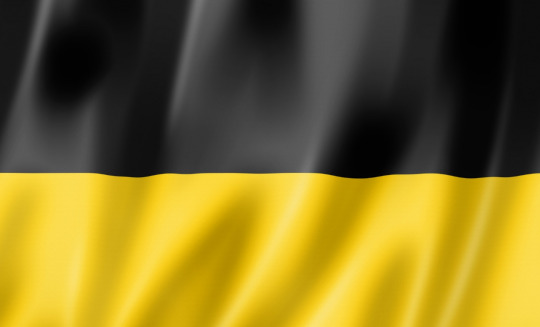
There were bad people, but they happen even among others, those who fight
"For centuries, Kashubia has been a multi-ethnic region, inhabited by Poles, Germans, Kashubians and Jews. The population structure of Pomerania, including the Kartuzy County, was influenced by the complex history of this land and numerous colonization actions (including the Teutonic Knights - colonization under German law)"
Well, we have this stereotype:
"Some people associate Kashubians with stubborn, stingy and fighting-prone inhabitants of Pomerania. Others point out the exceptional diligence of the Kashubians, their attachment to the land, tradition and private property"
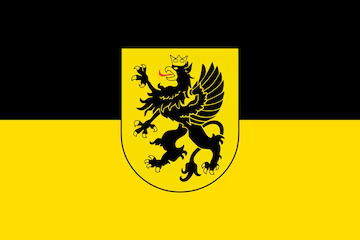
Let's stop spreading confusion that Poles are colonizers and Nazis, because it's a lie
3 notes
·
View notes
Text


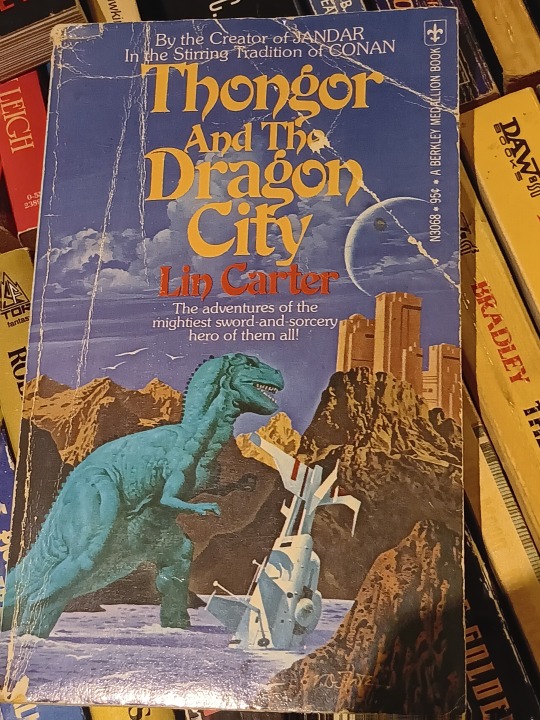
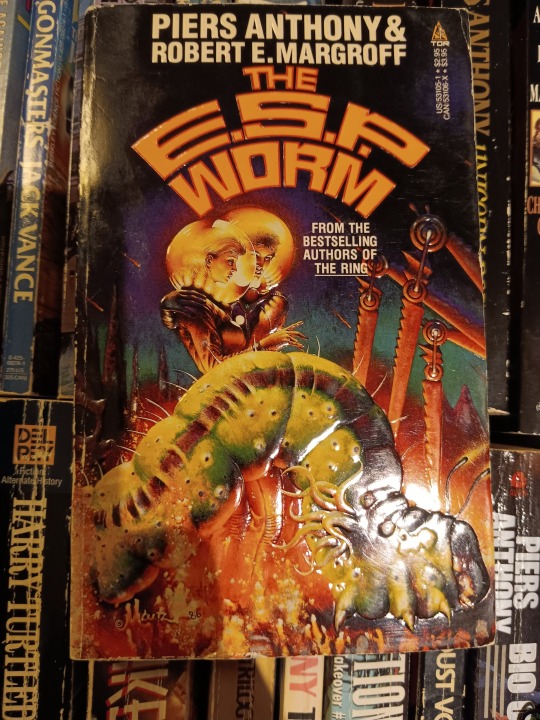
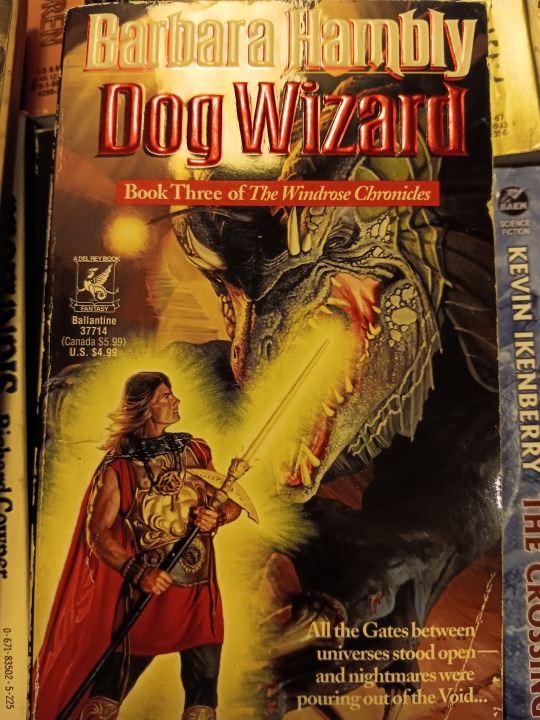

a selection of covers (and one inside cover) from used fantasy/sci-fi books, I don't know what's best:
how Extremely Naked Shadows of Hell is
"But when New Kashubia combined virtual reality with tank warfare, giving its warriors a close symbiosis with their intelligent tanks, neither war nor the galaxy would ever be the same. Not to mention sex..." Immediately followed by the glowing recommendation
Is the photoshopped T-Rex meant to be a dragon, or is it Thongor himself? And what is the downed plane doing?
The ESP Worm, notably not a worm
Dog Wizard, a title that really makes you picture some guy in armor fighting a dragon
what is a pagbeast.
#books#book cover#shadows of hell#a boy and his tank#thongor and the dragon city#the E.S.P worm#the rule of the pagbeasts#dog wizard#fantasy#science fiction
3 notes
·
View notes
Text
Now and then a realization comes to me – how much of cultural identity, local customs and folklore was lost in Poland because of our history in the past century or so. I don’t mean the big and obvious things like our flag, language, our anthem and such. Those we as a nation managed to keep in over a century when Poland did not exist and those are not lost today.
I’m not a historian and I made no research on this matter, I’m just analysing what I see basing on the recent history I know and the example of my own family (and my environment). And what hit me recently is that I don’t have things like local customs characteristic to my town/area, or a traditional gear to recreate and wear on occasions. Yes, there are parts of Poland that still have those, like mountain folk or Kashubia. I work with a guy from the mountains and when he showed me some pics from his son’s christening, all the people wore traditional gears. I admit a part of me was a bit jealous, considering that I enjoy sewing and would gladly make an outfit for myself. Of course, I still could recreate one of the traditional outfits from across Poland, but – they mean nothing to me.
I feel like our situation after the WW2 is largely to blame. Poland was a very young country then, ruined after just 20 years of regained independence. The Russians forcefully moved people all over the country, mixing them for exactly this purpose – wiping out the cultural integrity, something Poland had not lost during the partitions time. Now I come from so called Recovered Teritorries, lands that were incorporated into Poland after WW2. People came there after the war from all sorts of places, either looking for a new start or having been forcefully relocated. Each of my grandparents came from completely different part of Poland, or even from terrains that are no longer Polish today.
And the result is – the parts of Poland I come from don’t have shared history longer than two-three generations. There are traditions within families, basing on what people had known. My mother had different traditions for Christmas or Easter than my father. In time they mixed of course, and of course there are some “general” traditions for Christmas etc, but then it shows in details that some came from specific places and are not widely known.
I don’t know if it is the forced mixing that did the trick, or if it was because the times after the war were simply too hard and why would you care about how your grandmother did Christmas or what she wore on official occasions, when you are a lone mother with three children, running away through half of the country to erase your past and conceal the fact you worked for Home Army (Armia Krajowa). Or when you were forced to live there far away from your family, because you had the misfortune of being forcefully taken into Wermacht and ended up as a prisoner? I guess if I asked my friends or my neighbours, they would likely share dozens of such stories.
In terms of family heritage – there is nothing older than two-three generations. The few precious oldest things I have is a wooden box from my gran, which she got from her father as a child. Or grandfather’s watch. Small items you were able to carry.
In a way, the events of the last two centuries made us (in some parts of Poland at least) a very young nation despite having a thousand years of history as a country. It’s not something I normally acknowledge, but now and then it just pops up. I guess I might have liked to put on a traditional outfit for Christmas or birthday, or perhaps for some patriotic event – and I would have liked it to be something historical and not a white-and-red tshirt like fans wear on sport events. I have none. It’s not a complaint or something that upsets me, but once I realized that, it’s hard not to see it.
I’m not even sure what was my point of writing it all down, since I guess no one will read that. But now as I finished writing, I can’t not think about our neighbours in Ukraine facing now the war and possible cultural erasure on parts of their lands. It’s been nine years already and it shows in the people I work with. I really hope they will not face similar fate.
#Poland#Poland history#Polish culture#Culture erasure#Soviets#Polish history#Personal thoughts#Aftermath of cultural cancellation
14 notes
·
View notes
Note
Hiiiii! Do you know Fritz's full titles by the end of his reign? As in like "Frederick , King of Prussia, Prince of this and that and duke of this and thatetc etc"? Thank you!
Hi! I've been looking through my books and didn't really find a proper list. I could have sworn I had one, but apparently I was mistaken. So then I was considering looking for official documents that would have used the title but couldn't really find the right one either.
What I knew for sure beforehand was "Frederick, King of Prussia, Margrave of Brandenburg, Elector and Arch-Chamberlain of the Holy Roman Empire", because those are the important ones that are always listed, and "Duke of Magdeburg" because I've worked with documents from Magdeburg before. Then there was the whole thing with Silesia and Glatz, and that Prince of Orange title that I wasn't sure he ever got officially, something about Jülich and Berg that his dad was already pissed about, terribly complicated bullshit-
But luckily Frederick's flute teacher Quantz wrote a book about flute playing in 1752 and dedicated it to Frederick, providing a neat little list that is quoted on the Wikipedia page of the titles of the German Emperor post 1873 (not the best source, but I'll take what I can get):
"Allerdurchlauchtigsten Großmächtigsten Fürsten und Herrn, Herrn Friederich, Könige in Preußen; Markgrafen zu Brandenburg; Des heiligen Römischen Reichs Erzkämmerern und Churfürsten; Souverainen und Obersten Herzoge von Schlesien; Souverainen Prinzen von Oranien, Neufchatel und Valengin, wie auch der Grafschaft Glaz; in Geldern, zu Magdeburg, Cleve, Jülich, Berg, Stettin, Pommern, der Cassuben und Wenden, zu Mecklenburg, auch zu Crossen Herzoge; Burggrafen zu Nürnberg; Fürsten zu Halberstadt, Minden, Camin, Wenden, Schwerin, Ratzeburg, Ostfriesland und Moeurs; Grafen zu Hohenzollern, Ruppin, der Mark, Ravensberg, Hohenstein, Tecklenburg, Lingen, Schwerin, Bühren und Lehrdam; Herrn zu Ravenstein, der Lande Rostock, Stargard, Lauenburg, Bütow, Arlay und Breda"
20 years later, the title would change from "König in Preußen" to "König von Preußen", but other than that the list should remain unchanged. So overall we have:
King of Prussia
Margrave of Brandenburg
Arch-Chamberlain and Elector of the HRE
Duke of Silesia
Prince of Orange
Prince of Neuchatel
Prince of Valengin
Prince of the County of Glatz
Duke of Geldern
Duke of Magdeburg
Duke of Cleve
Duke of Jülich
Duke of Berg
Duke of Stettin
Duke of Pommerania
Duke of Kashubia
Duke of Wenden
Duke of Mecklenburg
Duke of Crossen
Burgrave of Nuremberg (that's a super old Hohenzollern title, pre-Brandenburg)
Prince of Halberstadt
Prince of Minden
Prince of Camin
Prince of Wenden (again?)
Prince of Schwerin
Prince of Ratzeburg
Prince of East-Frisia
Prince of Moers
Count of Hohenzollern
Count of Ruppin
Count of the Mark
Count of Ravensberg
Count of Hohenstein
Count of Tecklenburg
Count of Lingen
Count of Schwerin (again)
Count of Bühren
Count of Lehrdam
Lord of Ravenstein
Lord of Rostock
Lord of Stargard
Lord of Lauenburg
Lord of Bütow
Lord of Arlay
Lord of Breda
As @estomia said: More titles than friends
35 notes
·
View notes
